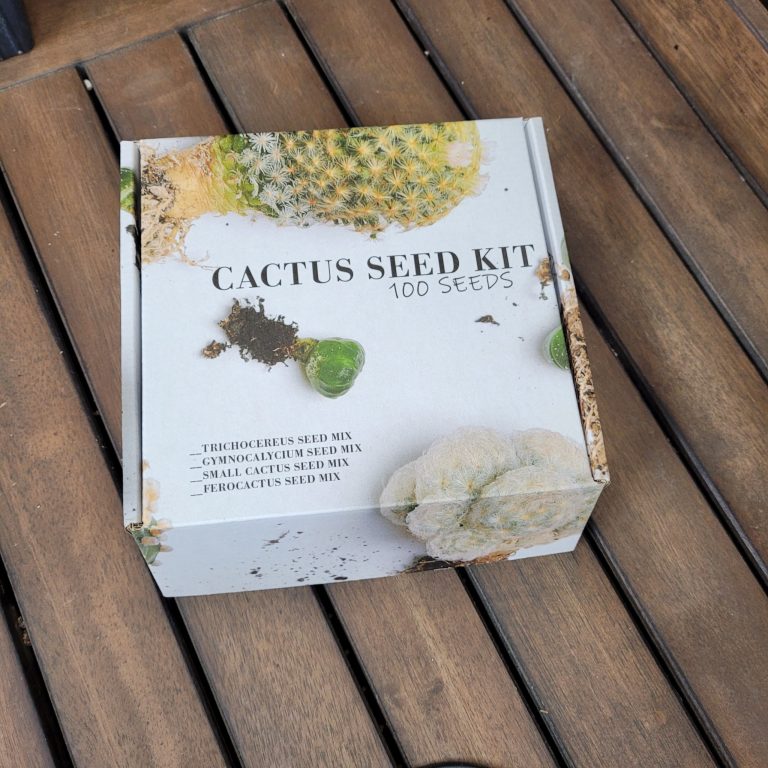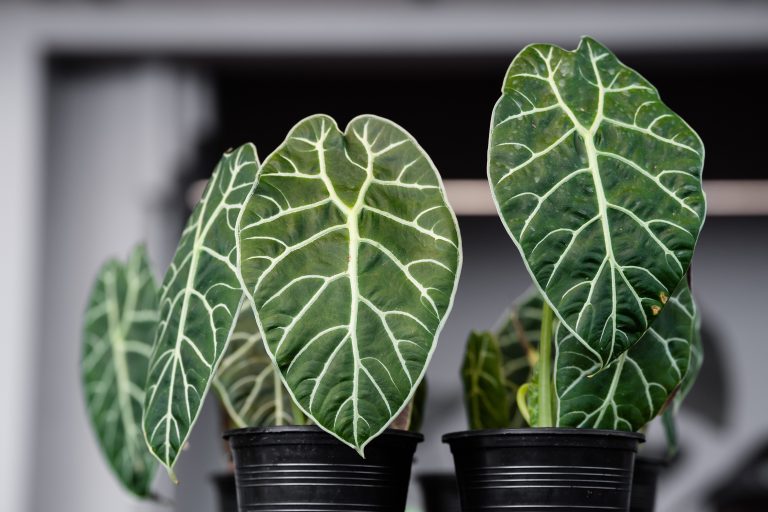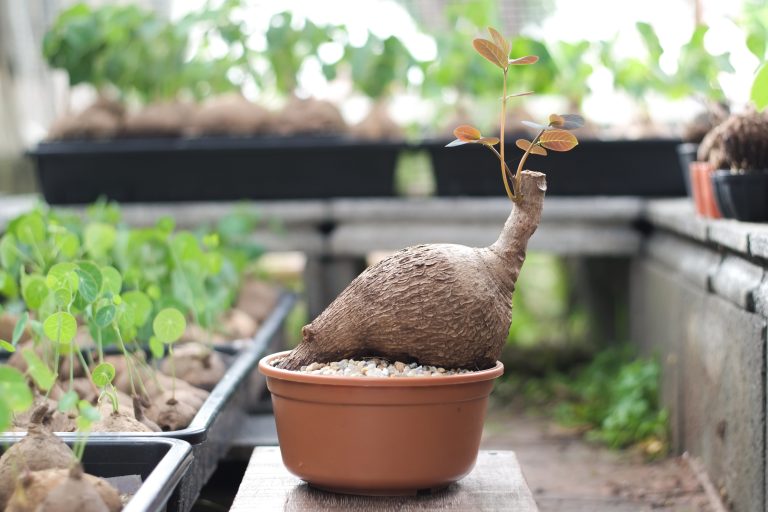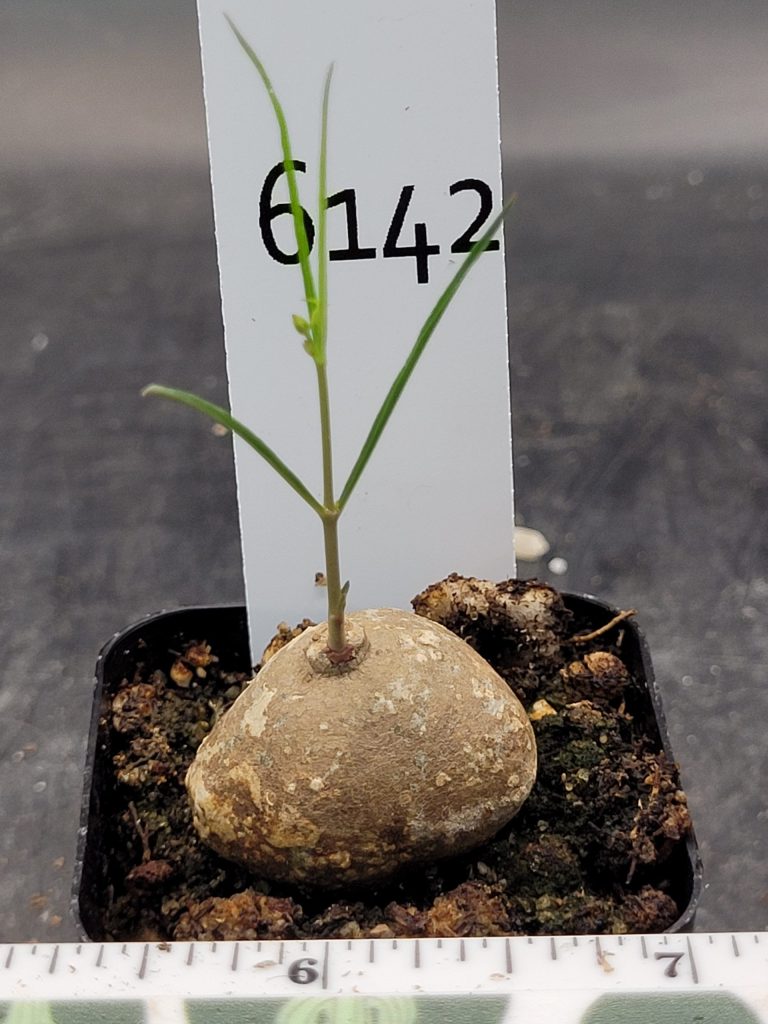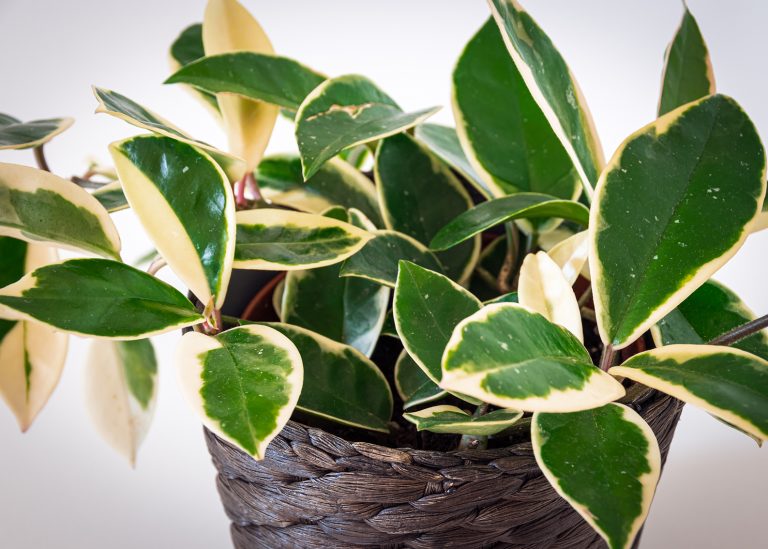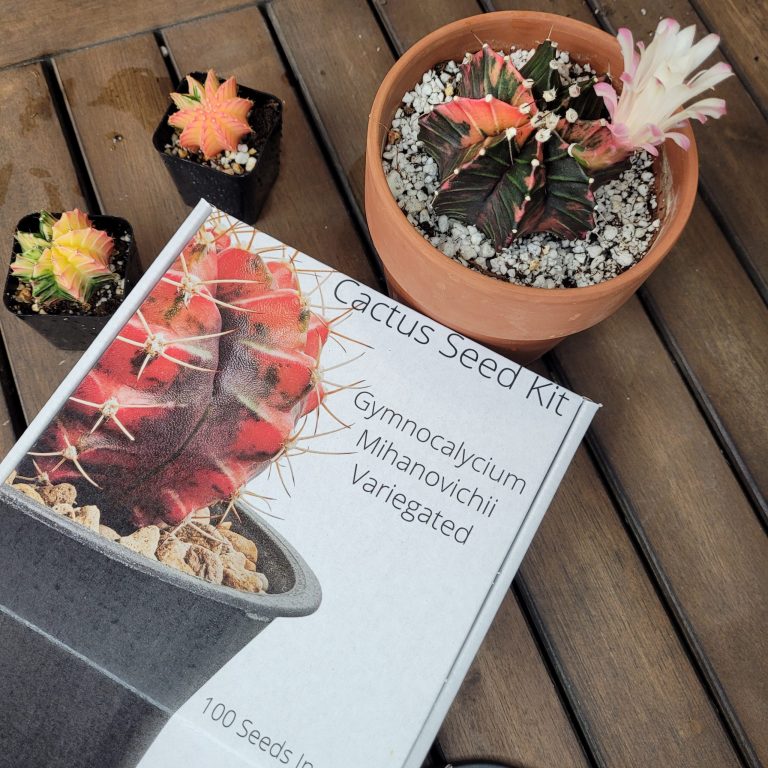Euphorbia Rapulum is a fascinating, rare succulent that stands out for its bulbous caudex and unusual growth pattern. Native to Madagascar, this beautiful plant makes a striking addition to any succulent collection. Like many members of the Euphorbia genus, it requires specific care to thrive and flourish. In this blog post, we’ll cover everything you need to know to properly care for your Euphorbia Rapulum.
1. Choosing the Right Pot and Soil
The foundation of healthy growth for any succulent is proper potting and soil conditions. Euphorbia Rapulum, with its caudex (a swollen stem base that stores water), thrives best in a setup that allows for excellent drainage and prevents waterlogging.
Pot Selection:
- Choose a pot with drainage holes to ensure excess water can escape.
- A shallow, wide pot works best for Euphorbia Rapulum due to its caudex and spreading root system. Terracotta pots are ideal, as they allow for better airflow and prevent moisture retention.
Soil Mix:
- Use a well-draining succulent or cactus potting mix. You can create your own by mixing:
- 2 parts cactus soil
- 1 part coarse sand or pumice for aeration
- 1 part perlite for improved drainage
- The goal is to keep the soil airy and fast-draining to avoid water retention, which can lead to root rot.
2. Light Requirements
Euphorbia Rapulum, like many other succulents, thrives in bright light but can be sensitive to extreme sun exposure.
- Bright, Indirect Light: Place your Euphorbia Rapulum in a spot where it receives bright, indirect light for most of the day. An east-facing window or a location with morning sun and afternoon shade is ideal.
- Avoid Intense Direct Sunlight: In hotter climates, avoid exposing your plant to strong direct sunlight during the midday, as it can scorch the delicate leaves and stem.
- Artificial Light: If you’re growing this plant indoors and don’t have access to bright natural light, a grow light can supplement its lighting needs.
3. Watering Schedule
Euphorbia Rapulum stores water in its caudex, which makes it drought-tolerant and more susceptible to overwatering. A careful watering schedule is key to keeping this plant happy.
- Water Sparingly: During the growing season (spring and summer), water only when the top inch of the soil is completely dry. Depending on your environment, this may be every 2-3 weeks.
- Reduce Watering in Dormancy: In the winter months, Euphorbia Rapulum enters a dormancy period. Water very minimally during this time, allowing the soil to stay mostly dry.
- Avoid Overwatering: Overwatering is the most common cause of problems with Euphorbia Rapulum. Always err on the side of underwatering rather than risk rotting the caudex or roots.
4. Temperature and Humidity
Euphorbia Rapulum is native to warm, dry climates, so it prefers similar conditions in your home or garden.
- Temperature Range: Keep your plant in an environment with temperatures between 65°F and 85°F (18°C to 29°C). It is not frost-tolerant, so ensure it’s protected from temperatures below 50°F (10°C), especially in winter.
- Humidity: This plant prefers low humidity levels. If you live in a humid environment, make sure to place your Euphorbia Rapulum in a well-ventilated area.
5. Fertilizing Euphorbia Rapulum
Like many succulents, Euphorbia Rapulum doesn’t require heavy feeding. However, giving it the right nutrients during the growing season will encourage healthy growth.
- During the Growing Season: Use a diluted cactus or succulent fertilizer (at half strength) once a month during spring and summer.
- Avoid Fertilizing During Dormancy: In the fall and winter, the plant enters dormancy and does not need extra nutrients. Hold off on fertilizing during these months.
6. Repotting and Maintenance
Euphorbia Rapulum is a slow grower and doesn’t require frequent repotting. However, repotting every 2-3 years can refresh the soil and give the plant more space to grow.
- Repotting Frequency: Repot your Euphorbia Rapulum once it has outgrown its pot or if the soil becomes compacted.
- Best Time to Repot: Repot during the spring, just before the growing season begins.
- Handling with Care: Remember that Euphorbias produce a toxic sap, so it’s best to wear gloves when repotting or handling the plant to avoid skin irritation.
7. Pests and Diseases
Euphorbia Rapulum is generally a hardy plant, but it can occasionally attract pests or develop diseases.
- Pests: Keep an eye out for common succulent pests like mealybugs, aphids, or spider mites. Use insecticidal soap or neem oil to treat infestations.
- Root Rot: The biggest threat to this plant is root rot caused by overwatering. If the plant starts to show signs of rotting, such as a soft caudex or yellowing leaves, reduce watering immediately and ensure proper drainage.
8. Propagation
Propagating Euphorbia Rapulum is usually done through seed collection, though this can be a slow process. You can also propagate through cuttings, but it requires more advanced techniques and experience.
Conclusion
Euphorbia Rapulum is a unique and low-maintenance succulent that, with the right care, can be a standout addition to your plant collection. By providing well-draining soil, bright indirect light, and careful watering, your Euphorbia Rapulum will thrive and reward you with its fascinating growth form. Just remember: less is more when it comes to water and care for this beauty!
Happy growing! 🌿

